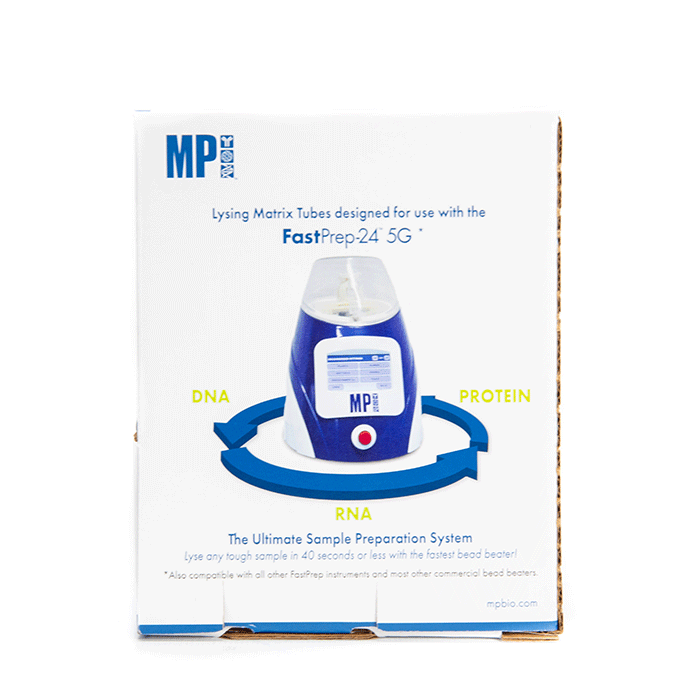Fingernail Sample Processing
Fingernails are used for retrospective substance use analysis and DNA analysis in both forensic and research settings. Before analysis, you first have to process the sample, which includes the following general steps:
- Nail sampling
- Washing/Decontamination
- Homogenization
- Extraction or digestion
- Clean-up
Homogenization is the most crucial step in the process, as it can dramatically impact the yield and quality of extracted molecules.
Why Bead Beating for Homogenization
Sample homogenization — grinding the nails into a fine powder — is a key step towards analysis, but it is often difficult because nails are notoriously resilient due to their high abundance of keratin. Depending on your application, you could use a mortar and pestle or liquid-based lysis protocol, but these methods are laborious, lengthy, and often fail to produce a truly homogenized sample.
Bead beating uses physical beads (i.e., Lysing Matrices) and dedicated bead beating instruments to quickly and thoroughly homogenize fingernails, so you can reliably get more samples processed faster.
Benefits of Bead Beating
- Efficient and thorough homogenization
- Reproducible and standardized process
- High-throughput options
- Frequently boosts yield and quality of target molecules
Choosing Your Lysing Matrix
Lysing matrices vary in aggressiveness, which is based on the material, size, and shape of the physical beads. Your goal is to thoroughly pulverize the nail sample while avoiding destruction of your target analyte (e.g., DNA, protein, metabolites). To do this, you need a moderately aggressive lysing matrix: a high density, hard material that generates high impaction with minimal shearing.
Stainless steel is the ideal material, as it is incredibly hard, usually spherical (low shear), and it will not bind nucleic acids. We recommend using MP Bio’s Lysing Matrix S (1.8" diameter stainless steel beads) for homogenizing nail samples.
Using Your Lysing Matrix
Lysing matrices are quick and easy to use, but are most effective when using an instrument specifically designed for homogenization (e.g., FastPrep Instruments). Below is a general protocol for preparing fingernail samples for homogenization (i.e., washing) and obtaining an extraction-ready homogenate.
- Wash the nail clippings by vortexing for 30 seconds with 1 mL of water and then 1 mL of acetone.
- Cut the nail into small fragments and transfer up to 40 mg into a Lysing Matrix Tube containing metal beads.
- Pulverize the samples using a FastPrep-24TM homogenizer at 5.5 m/s (8-times for 60 s).
- Repeat the pulverization step if you still see pieces of fingernail and continue until you have a fine powder.
Once you achieve a fine powder, you are ready to resuspend the sample in the extraction buffer suitable for your target analyte (e.g., protein, DNA, metabolites, etc.).
Pro Tips
- Homogenization generates heat, which can harm your sample and certain types of tubes (polyethylene and polypropylene). Also, metal lysing beads are very hard, making certain tubes vulnerable to breaking during the homogenization process. Consider using Metal Lysing Tubes and cryogenic conditions to protect your samples and your tubes.
- Shorten the intervals of pulverization (e.g., 60 seconds to 45 seconds) and store the samples on ice between intervals if you notice overheating.
- Keratin is relatively insoluble. You will likely see small keratin particles throughout your resuspension once you apply the extraction buffer—don’t confuse this with non-homogenized pieces of nail.
- If you plan to consistently perform numerous small samples, streamline your workflow by using 96-tube racks and high-throughput instruments.


